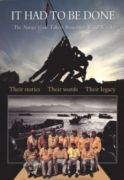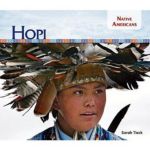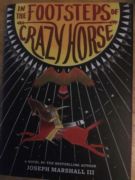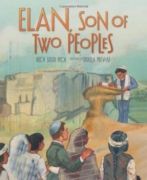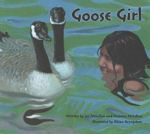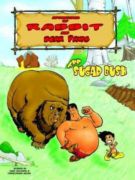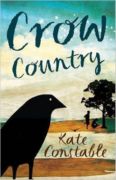
A gripping time-slip adventure, in the tradition of Ruth Park’s PLAYING BEATTIE BOW. ‘Beginning and ending, always the same, always now. The game, the story, the riddle, hiding and seeking. Crow comes from this place; this place comes from Crow. And Crow has work for you.’ Sadie isn’t thrilled when her mother drags her from the city to live in the country town of Boort. But soon she starts making connections – connections with the country, with the past, with two boys, Lachie and Walter, and, most surprisingly, with the ever-present crows. When Sadie is tumbled back in time to view a terrible crime, she is pulled into a strange mystery. Can Sadie, Walter and Lachie figure out a way to right old wrongs, or will they be condemned to repeat them?
